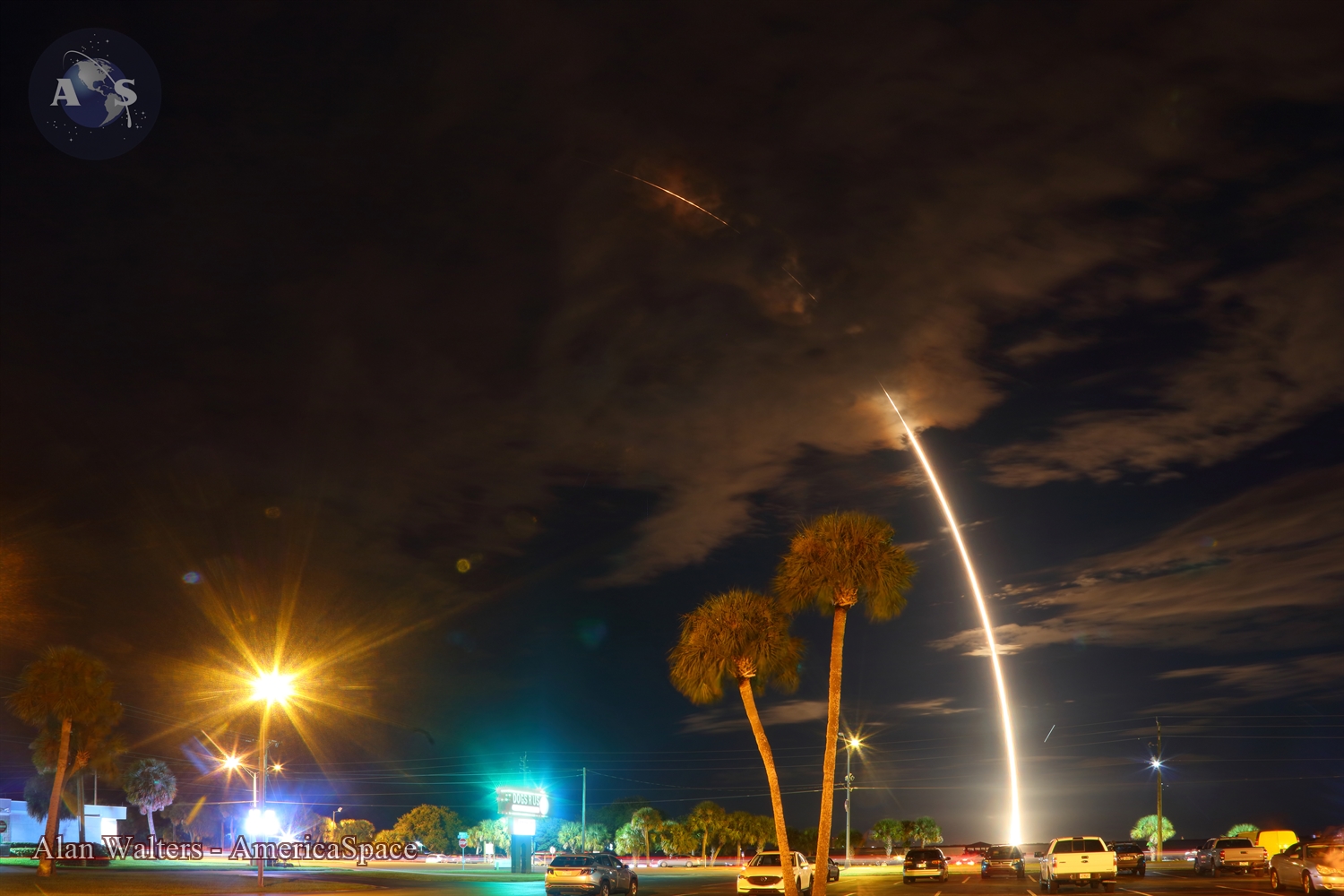
After five false starts, scuppered by poor weather and lingering lightning along the Space Coast, SpaceX has successfully flown its third Falcon 9 in the first two weeks of September, as the Hawthorne, Calif.-based organization heads squarely for more than 50 launches by the end of 2022. The veteran B1067 core—making her sixth flight—roared aloft from storied Space Launch Complex (SLC)-40 at Cape Canaveral Space Force Station, Fla., at 8:18 p.m. EDT Sunday and delivered a payload of 54 Starlink internet communications satellites smoothly into low-Earth orbit.
It has been a busy early fall for SpaceX, which kicked off September when B1052, a former Falcon Heavy side-booster now reconfigured into a single-stick Falcon 9, lofted 51 Starlinks and Spaceflight Industries, Inc.’s SHERPA-LTC deployable “tug” with the Varuna technology demonstration pathfinder for Boeing. Just five days later, B1058—the first Falcon 9 core to log a 14th launch, having entered service way back in May 2020 to launch Doug Hurley and Bob Behnken for their historic Demo-2 mission aboard Dragon Endeavour—delivered another 34 Starlinks and AST SpaceMobile’s BlueWalker-3 cellular broadband test satellite to orbit.
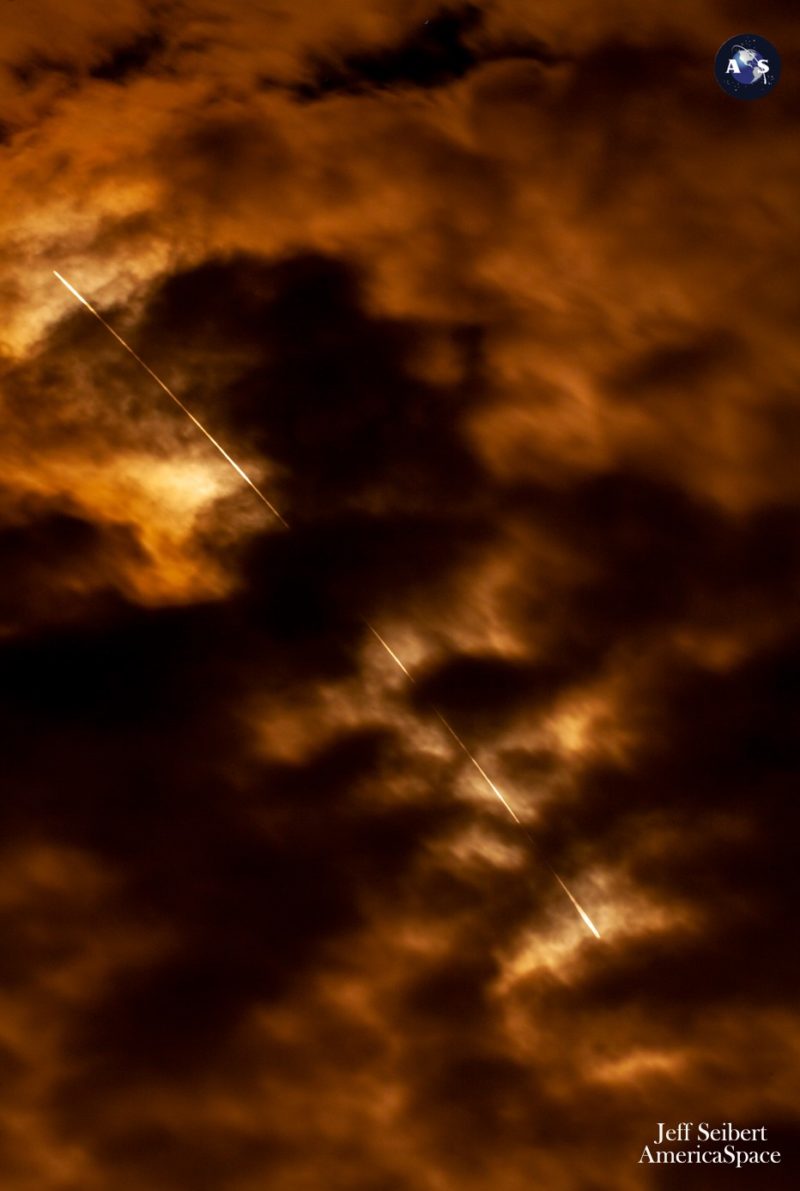
But the third Falcon 9 mission of the month proved more stubborn to get off the ground, thanks to the ever-present watch of Mother Nature. In an unusual move, B1067—which flew most recently in mid-July—was put through a Static Fire Test of her nine Merlin 1D+ engines at the pad last Sunday, targeting an opening launch attempt on the evening of Tuesday 13th.
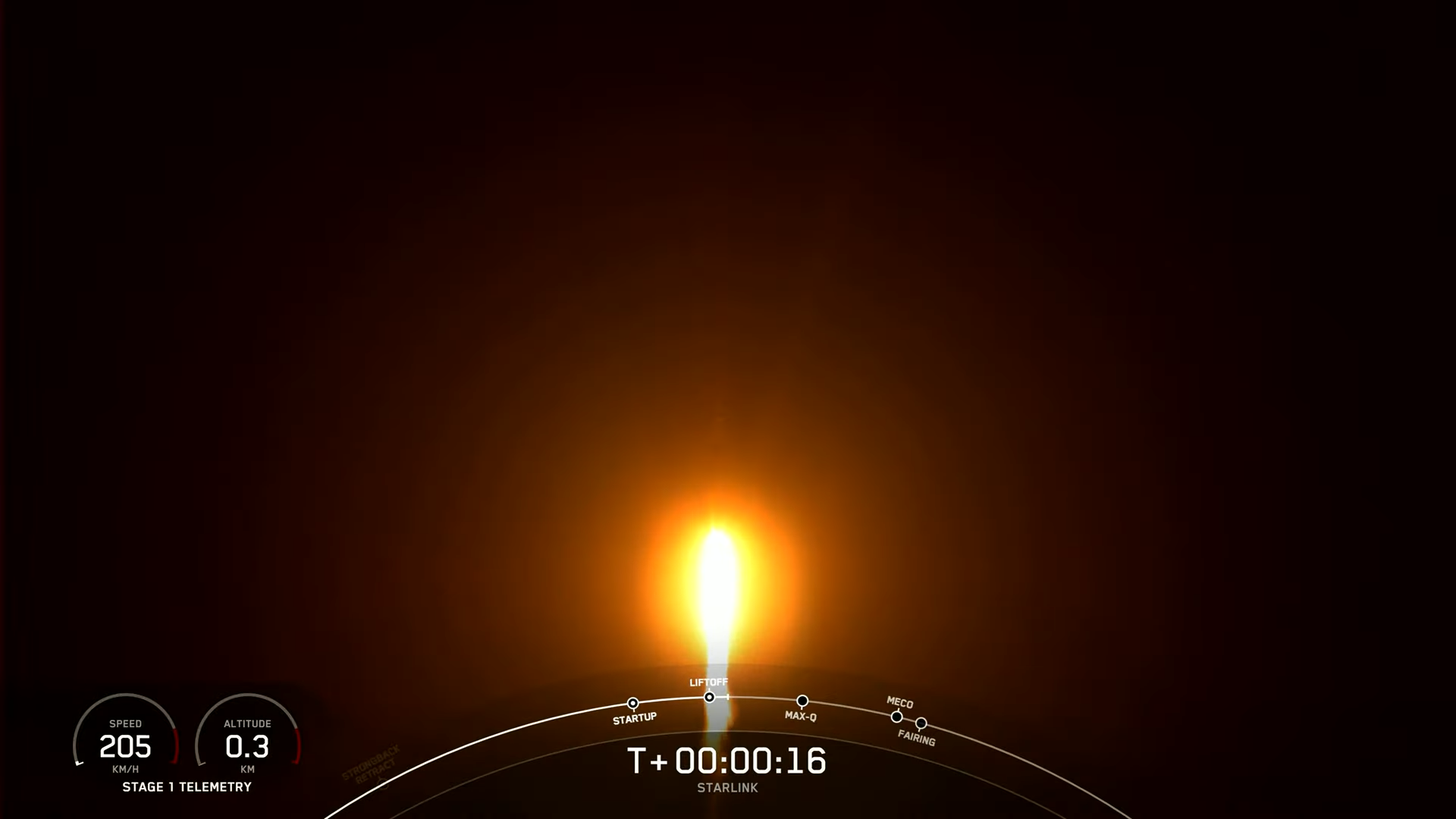
Although Static Fire Tests were performed before every launch through June 2020, the steady maturation of the Falcon 9 design has seen them performed with less frequency over the last couple of years. They tend now to be conducted ahead of major scientific or national security missions or on high-flight-rate boosters, but SpaceX has not determined the rationale for the test.
Flying a third time from Florida in September’s first two weeks posed a busy turnaround for SpaceX’s Autonomous Spaceport Drone Ship (ASDS), “Just Read the Instructions”, which only got back to Port Canaveral last week after recovering B1052 from her Starlink/SHERPA-LTC rideshare mission. She turned around her precious load swiftly and within ten hours was headed back out to the prime recovery location, some 400 miles (640 kilometers) offshore in the Atlantic Ocean.
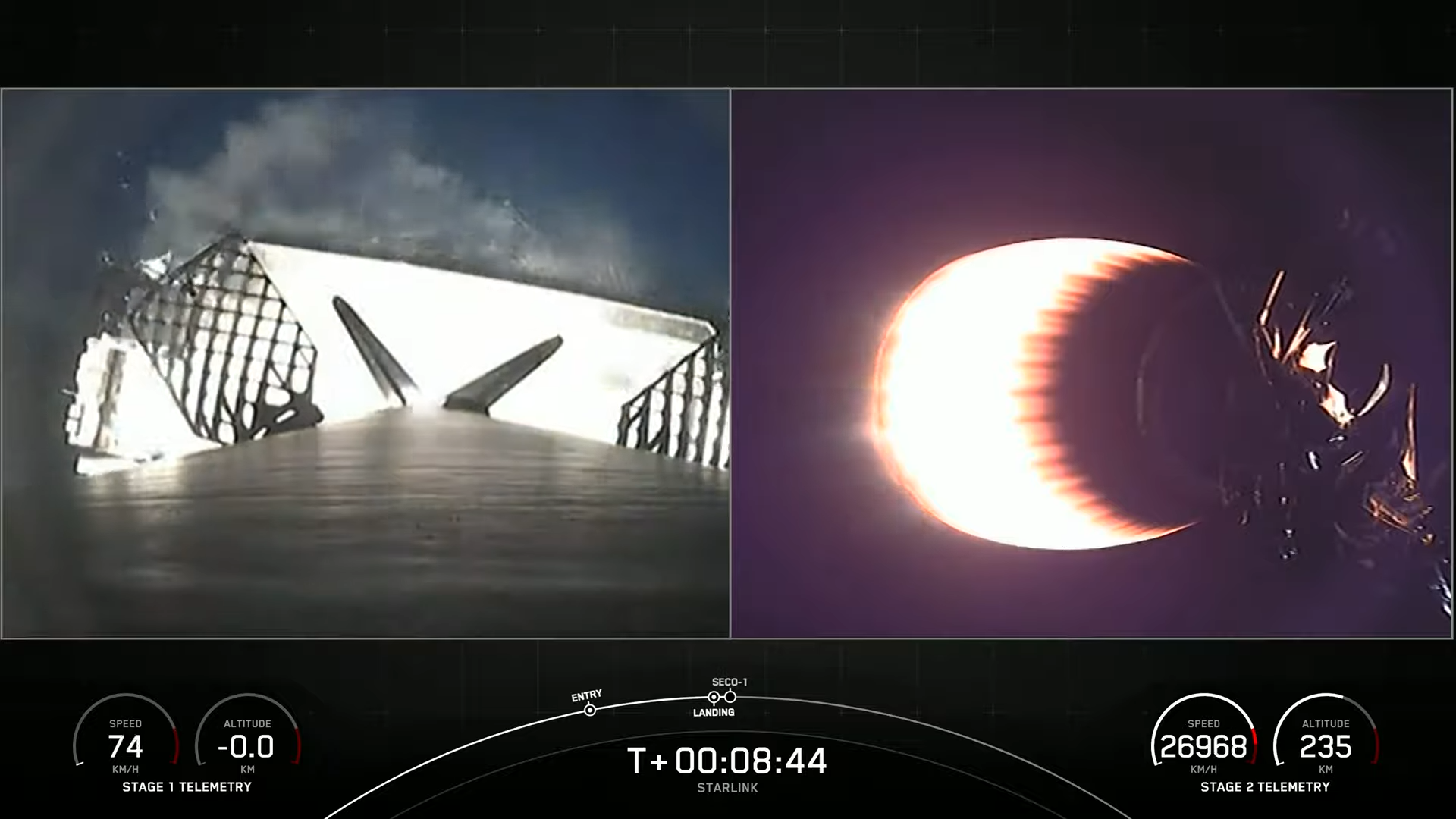
Liftoff of B1067 was initially aimed at 10:10 p.m. EDT Tuesday, but the attempt was scrubbed due to the presence of storms and a heightened risk of lightning. Another attempt to launch at 9:48 p.m. EDT Wednesday was also called off, as the probability of acceptable weather at T-0 diminished to only 40 percent favorable.
Launch was again rescheduled for 9:27 p.m. EDT Thursday. Again, it came to nothing. So too did a fourth attempt at 9:01 p.m. EDT Friday and a fifth at 8:43 p.m. EDT Saturday.
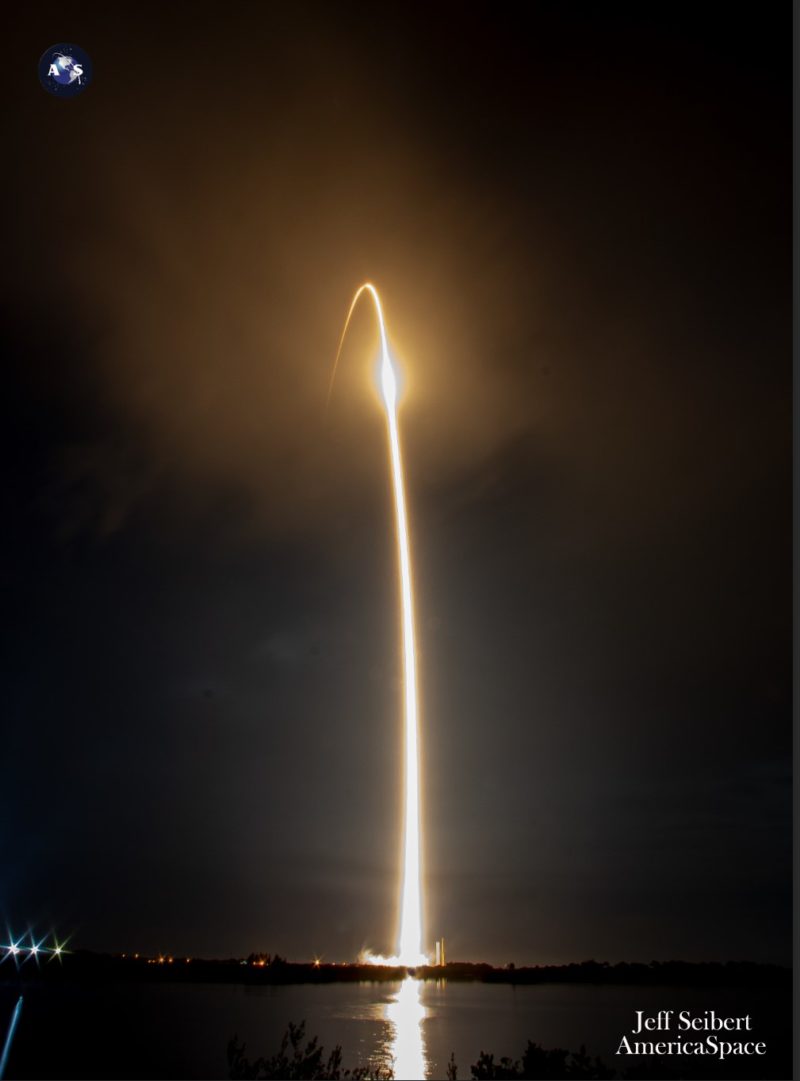
“A very wet and active pattern will continue into the weekend as a nearly stationary boundary continues to oscillate across the Florida peninsula,” noted the 45th Weather Squadron at Patrick Space Force Base. “Another weak low will develop off to the northeast of the Cape late Saturday evening, potentially bringing little drier air into the area on Sunday.
“This will bring small improvements in lower rain chances Sunday afternoon and evening, especially for the Spaceport. Westerly upper-level flow will still bring the potential for anvils from inland convection to move into the area during the count, but lighter winds and drier air will make their persistence less likely.”
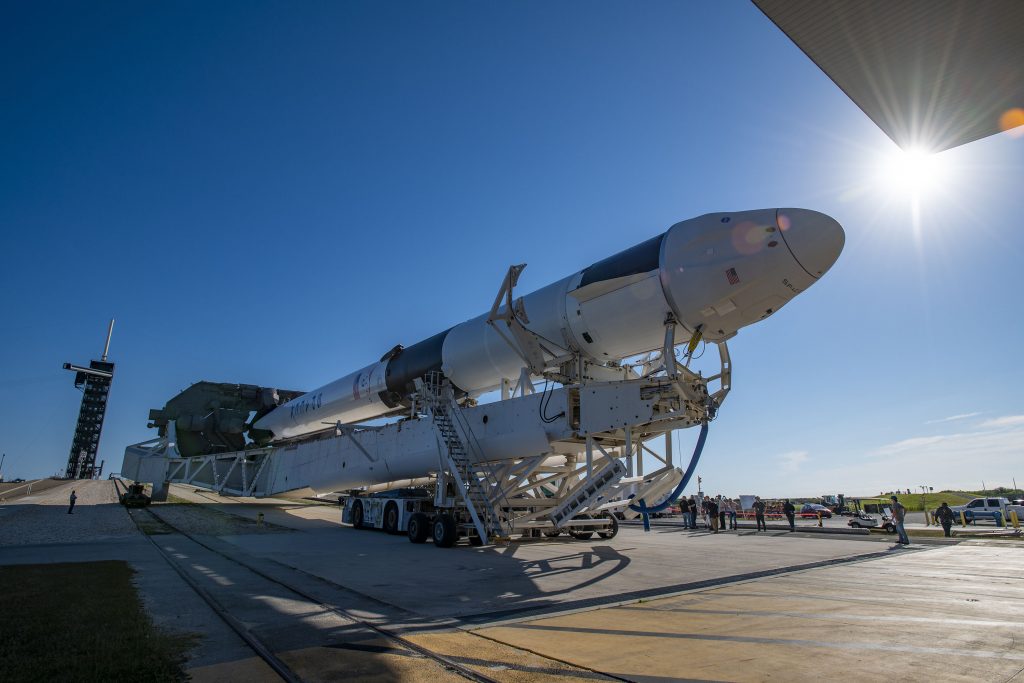
Powering smoothly uphill at her sixth try at this seemingly snakebitten mission, this was B1067’s sixth launch in a little more than a year. She was introduced into the Falcon 9 fleet in June 2021, when she kicked off the month-long CRS-22 Cargo Dragon to the International Space Station (ISS).
B1067 went on to deliver eight humans from the United States, Germany and Italy to the sprawling orbital outpost on last November’s Crew-3 and last April’s Crew-4 missions. Added to that list, last December she launched Turkey’s powerful Türksat 5B communications satellite on the first leg of its long trek to geostationary orbit.
And in mid-July, less than ten weeks ago, she returned to ISS operations with the launch of the CRS-25 Cargo Dragon for a month-long stay at the station. With last night’s flight, she becomes the tenth Falcon 9 core to log a sixth mission.
Two and a half minutes into last night’s launch, B1067 completed her sixth launch and separated from the Falcon 9 stack to execute a safe landing on JRTI. The single Merlin 1D+ Vacuum engine of the second stage went on to perform a customary six-minute “burn” to deliver the 54-strong Starlink payload into an orbit inclined 53.2 degrees to the equator at an altitude of 340 miles (550 kilometers).
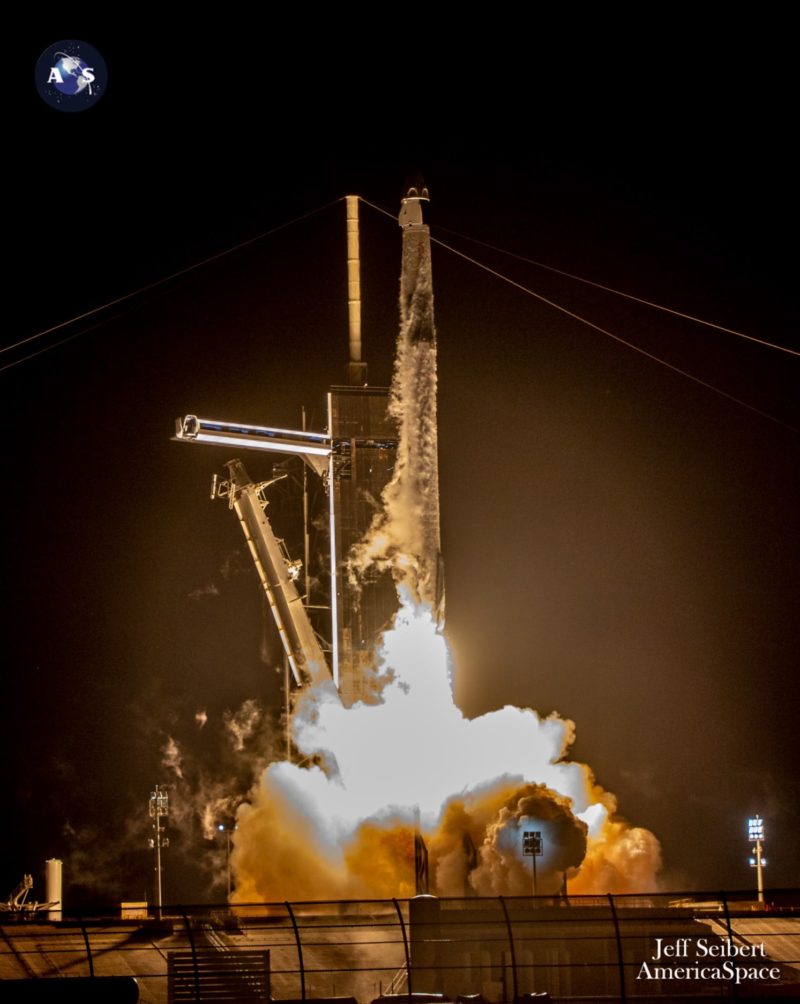
With last night’s mission, SpaceX has launched more than 1,400 Starlinks to orbit in 2022 alone. This has been achieved on a total of 28 Falcon 9 missions from the Space Coast and Vandenberg Space Force Base, Calif.
And Starlink’s progress as an internet provider on the world stage has advanced in leaps and bounds this year, notably following the emergency provision granted to Ukraine following Russian President Vladimir Putin’s invasion in February. Availability was expanded to Moldova, Estonia, Colombia and Norway in August.
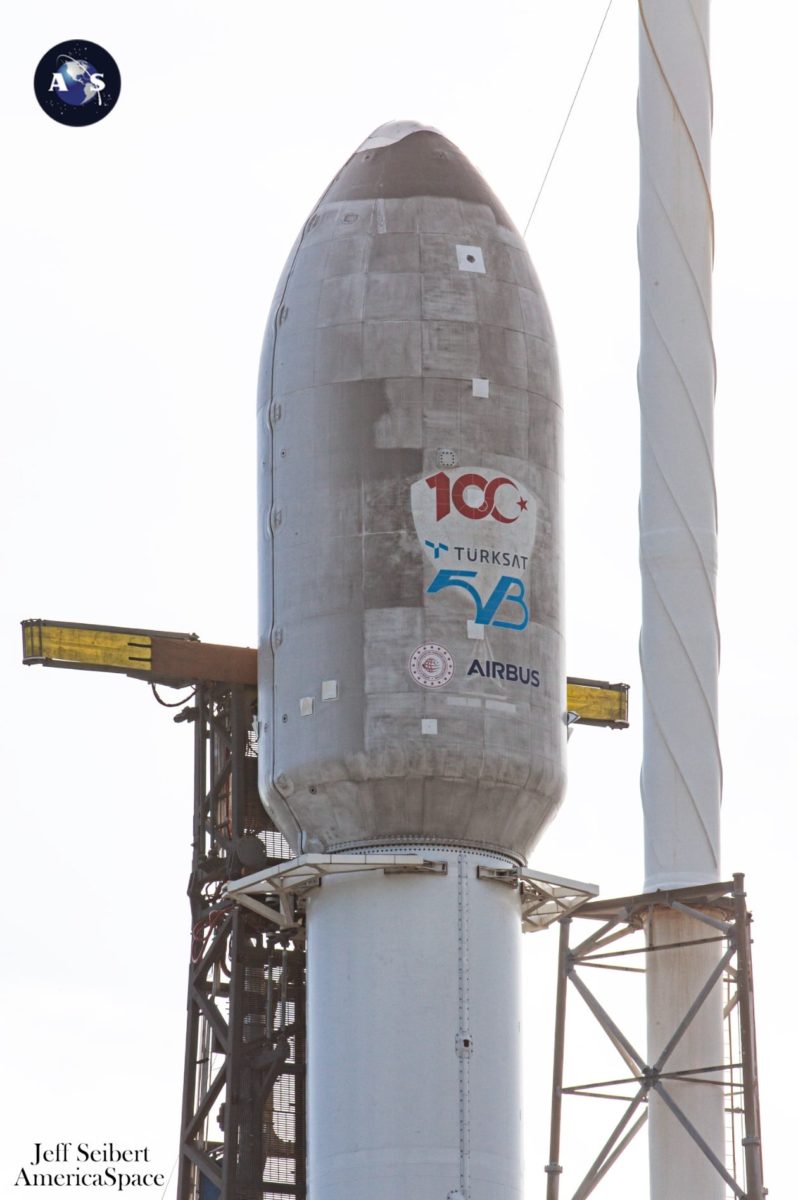
Earlier this month, SpaceX announced that Malta had joined Starlink. Regulatory approval has now been granted for 40 countries across North and South America, Europe and Oceania.
Last night’s 42nd Falcon 9 mission of the year also pushes SpaceX squarely towards the vaunted goal of more than 50 flights by the end of 2022. When one considers that the organization’s previous personal best—set last December—saw 31 flights in a single calendar year, the pace of launches throughout the first nine months of 2022 has been little shy of remarkable.
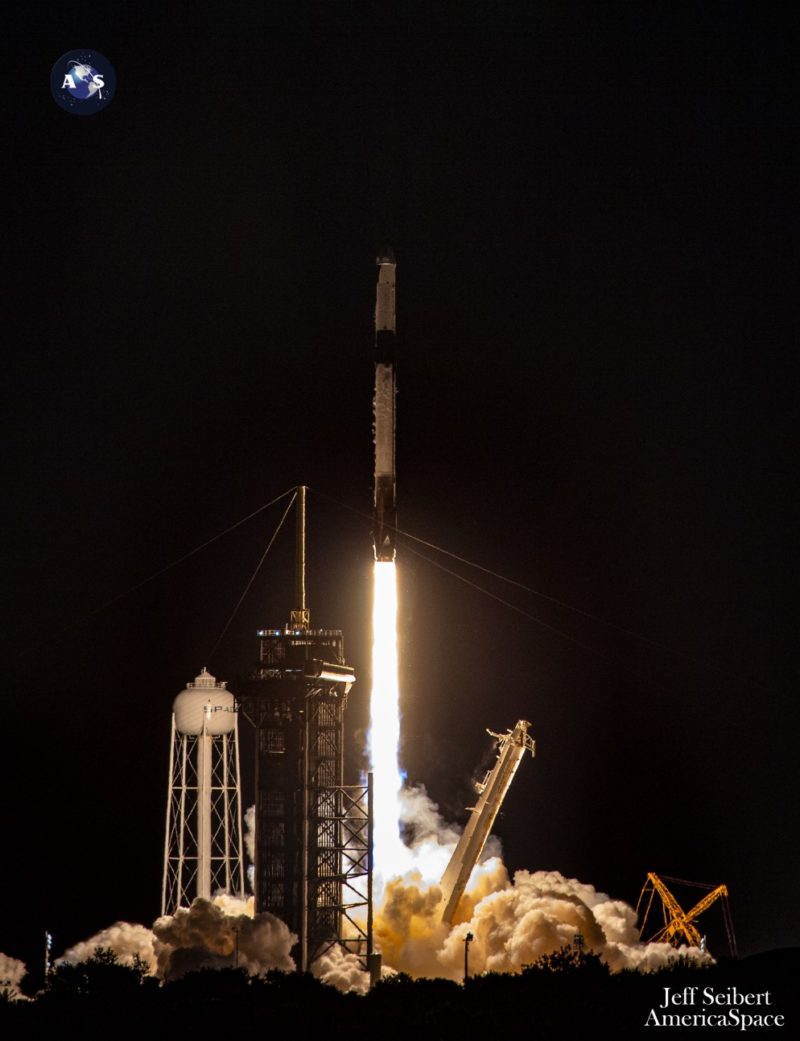
In fact, the fleet passed 31 launches for this year in mid-July, averaging one mission per week and rendering it increasingly likely that as many as 60 flights could be flown before the New Year’s Eve bell tolls. And whilst 2021 averaged three to four launches per month (with SpaceX only flying its first five-mission month last December), 2022 has already seen three months in which no less than six Falcon 9s have taken flight.
Those missions cut the turnaround time for an individual booster from 27 days to just 21 days, saw the first Falcon 9s to fly their 12th, 13th and 14th missions and the greatest number of SpaceX flights ever achieved out of Vandenberg. Inclusive of last night’s flight, the 42 missions completed so far in 2022 have been accomplished using only 11 boosters, one of which has flown six times since January.
Twenty-eight missions this year have been dedicated to Starlink, both from the East and West Coasts of the United States. And the remainder supported a smorgasbord of commercial, scientific and U.S. Government entities.
These included Germany’s SARah-1 radar-imaging surveillance satellite, a pair of classified payloads for the National Reconnaissance Office, the historic all-civilian Ax-1 mission to the ISS, two powerful geostationary communications satellites and South Korea’s first mission to the Moon. Rounding out the list have been NASA’s Crew-4, three multi-payload Transporter rideshare missions, GlobalStar-2 and a second-generation COSMO-SkyMed (CSG-2) imaging satellite.




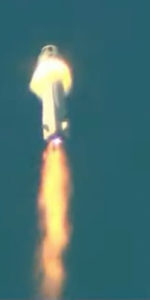
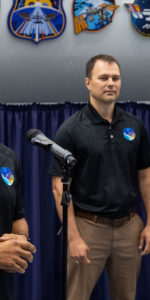
3 Comments
3 Pings & Trackbacks
Pingback:SpaceX Logs Second Mission in Two Days, as Busy November Beckons - AmericaSpace
Pingback:SpaceX enregistre une deuxième mission en deux jours, alors que le mois de novembre est occupé - Blog Voyage
Pingback:SpaceX Flies Twice in One Day, Aims for Third Launch on Saturday - AmericaSpace